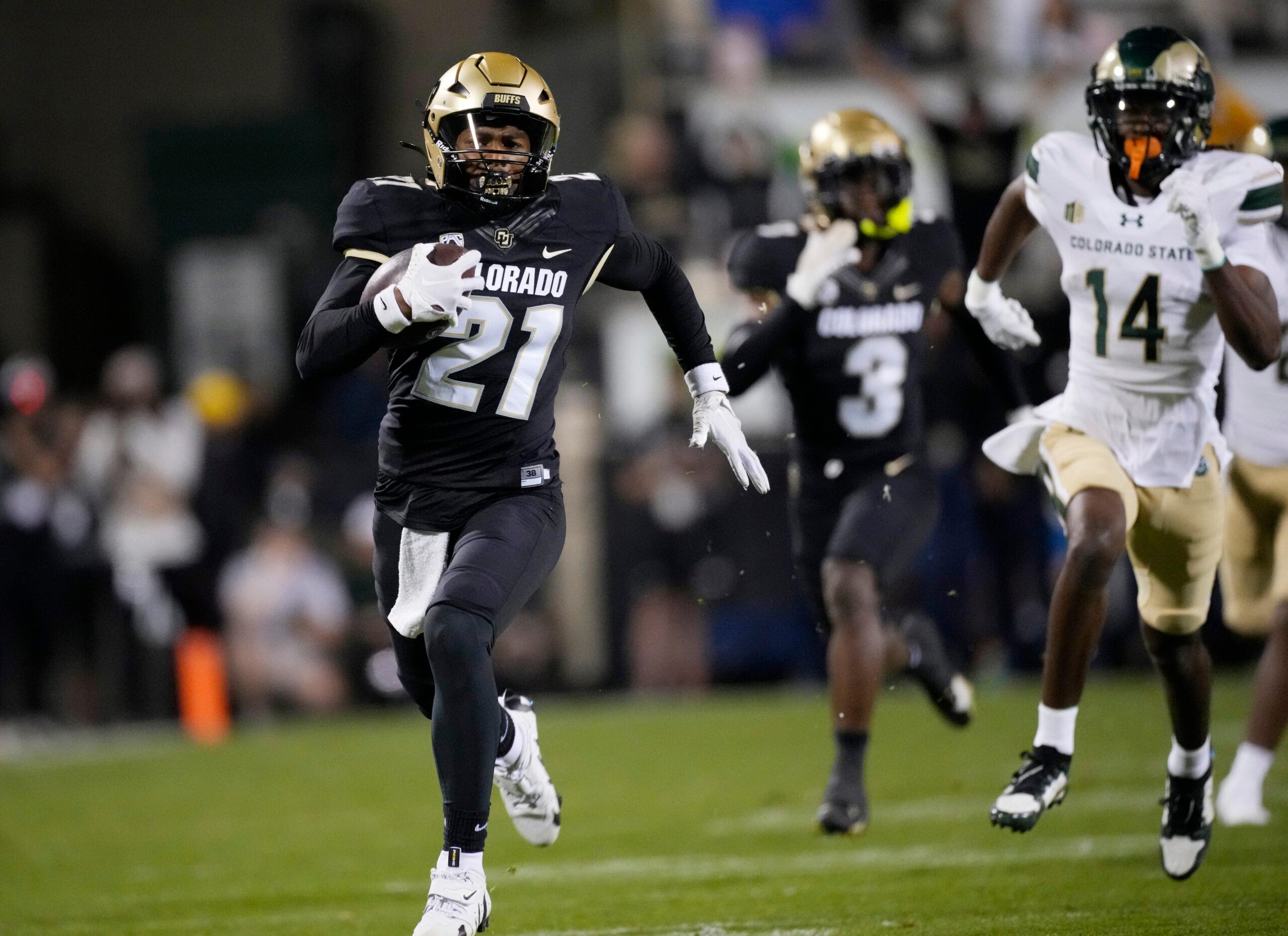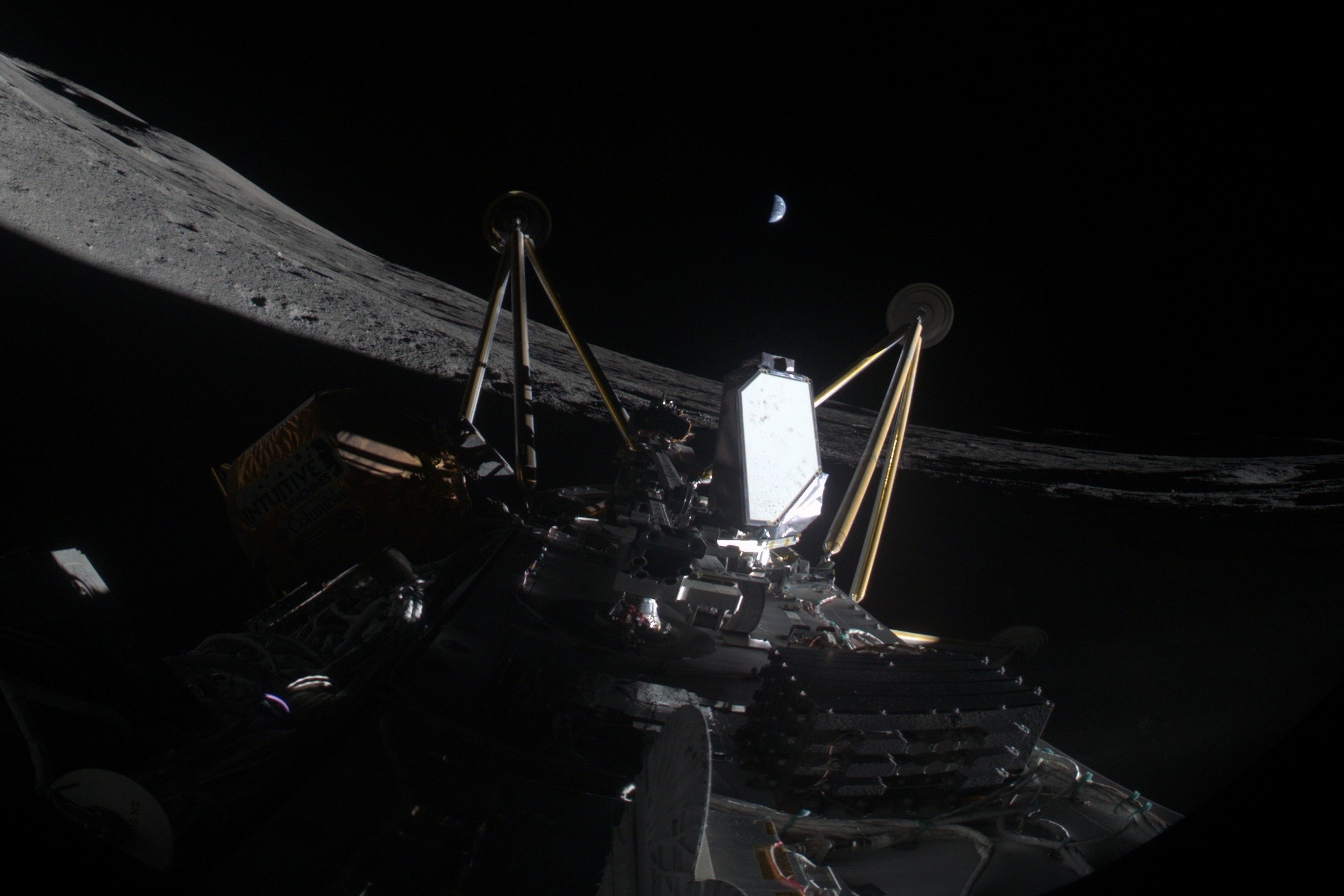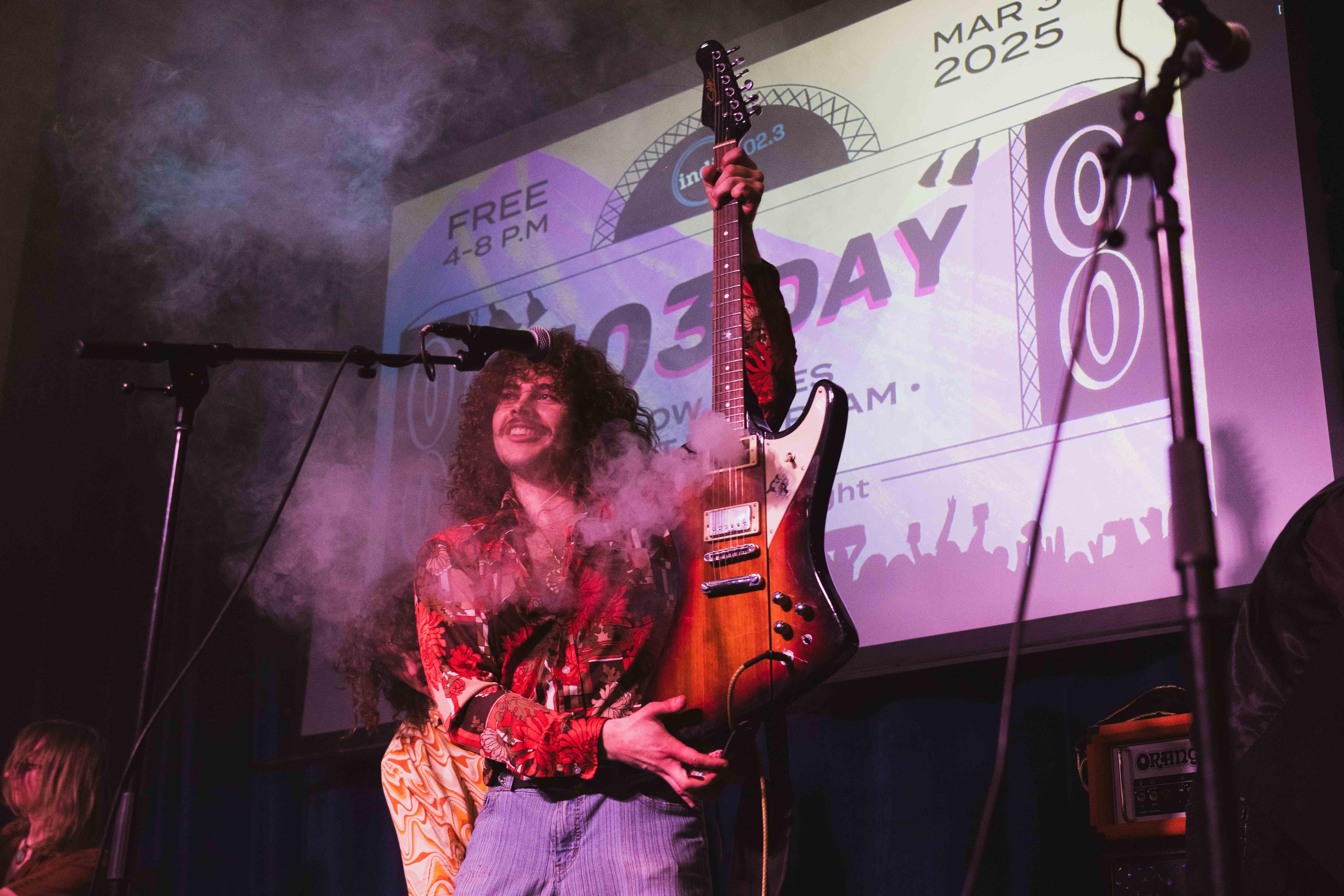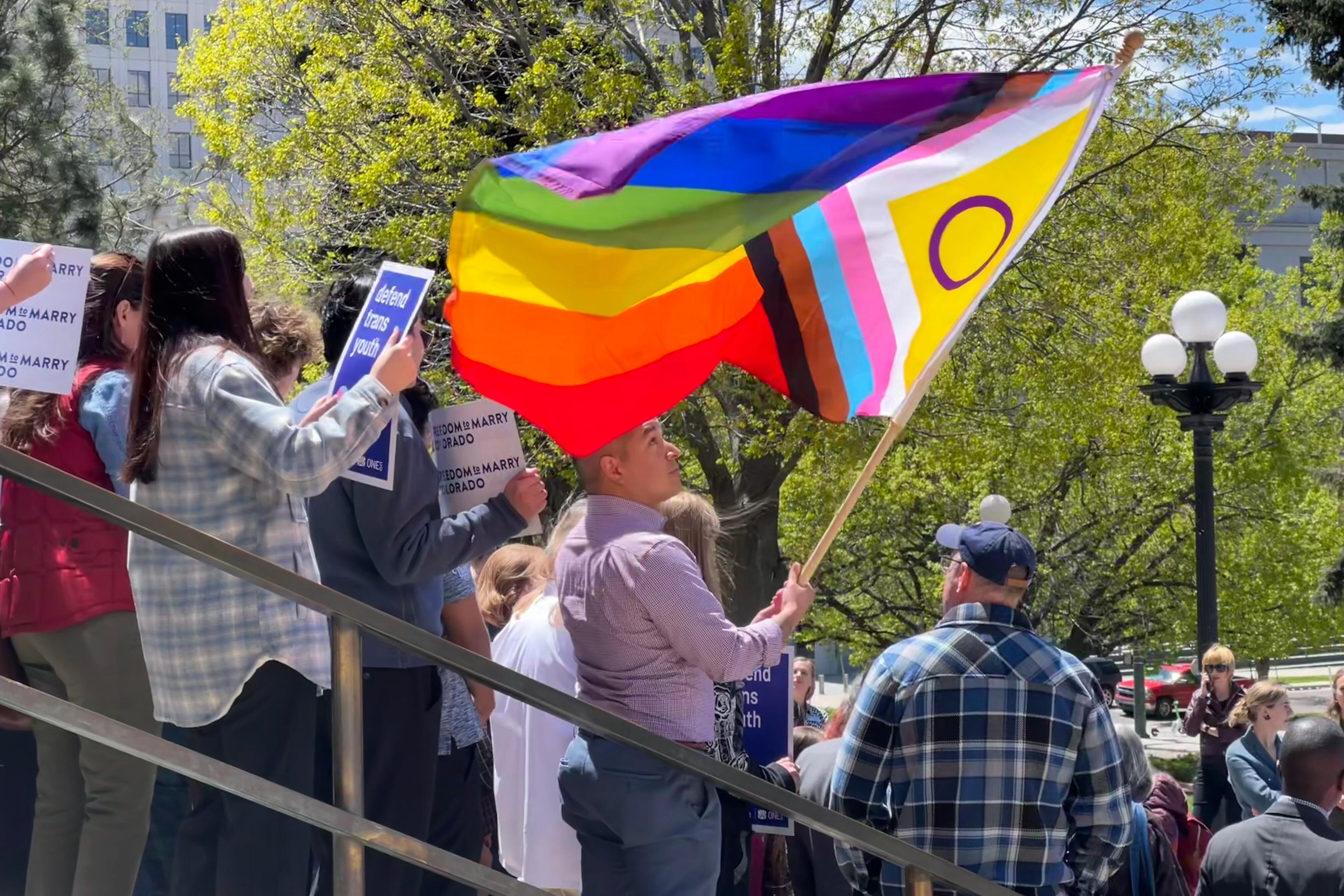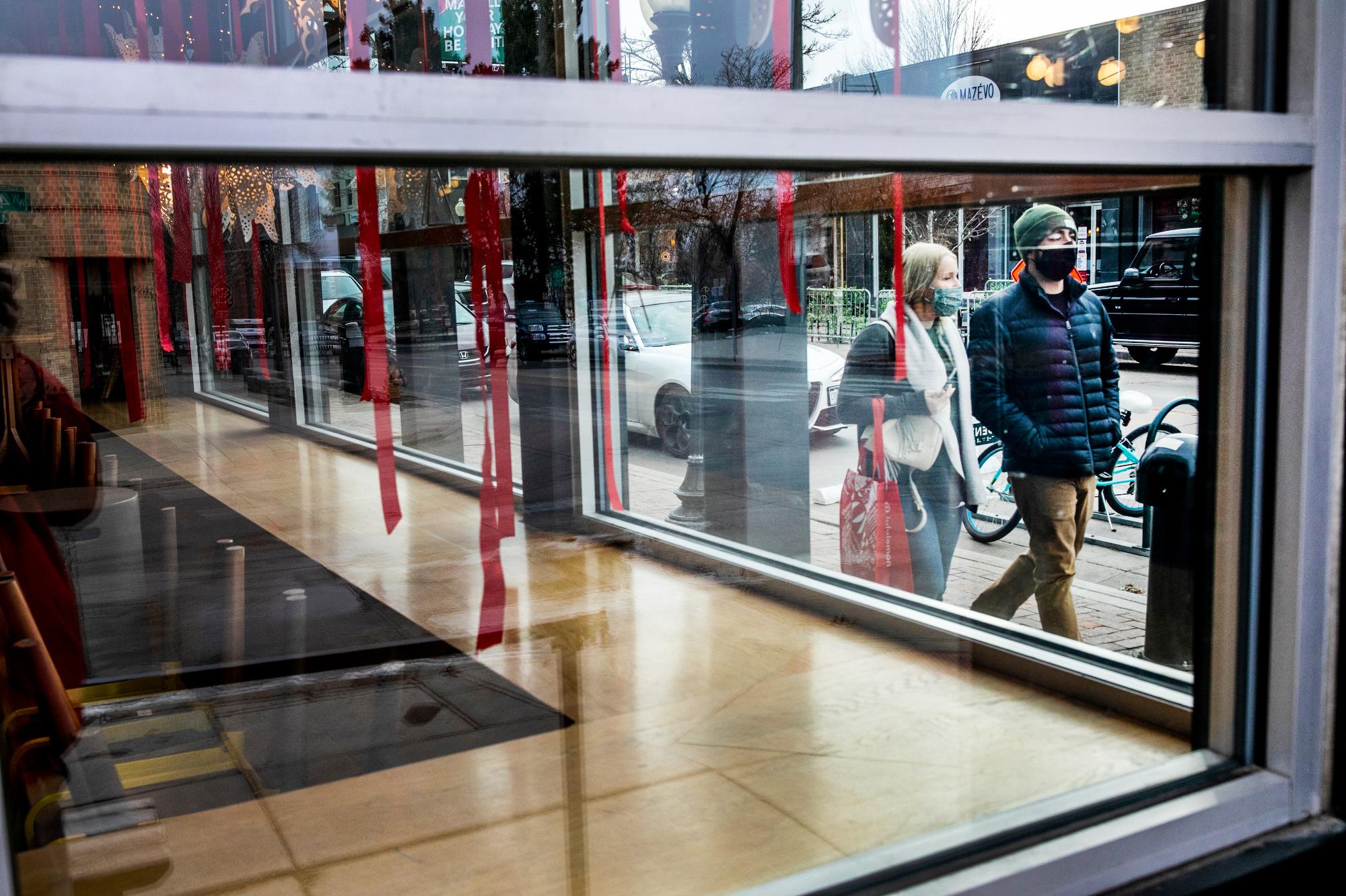
For weeks, Dr. Abbey Lara has been watching COVID-19 patients in the intensive care beds in her Aurora hospital, wondering when the next crush of the extremely sick would arrive.
“I'm pleased to say we are not seeing the huge surge I think we were all somewhat anticipating,” said Lara, who treats pulmonary and critical care patients in the COVID-19 section of the ICU ward at University of Colorado Hospital, one of the state’s biggest and busiest.
Instead, patients are now trickling in, one or two a day, “not nearly as many as we were seeing in the fall. It's certainly not the same as in the spring,” Lara said.
It’s not a towering wave of post-holiday season cases. Not like Gov. Jared Polis and other top public health officials feared. Not like the state saw in an unnerving pre- and post-Thanksgiving period of runaway transmission, deaths and ballooning hospitalizations.
And definitely not like the tsunami of contagion seen elsewhere, like Southern California. One in three residents in Los Angeles has been infected with the virus, overwhelmed hospitals are facing shortages of staff, even oxygen, and the highly contagious new strain of coronavirus appears to be spreading.
Colorado has seen a relative blip, but not a surge, said Dr. John Douglas, Jr., executive director of Tri-County Health Department, which serves Adams, Arapahoe and Douglas counties.
“We really didn't see much after Thanksgiving. Everybody was hunkered down, expecting that's what was going to happen,” he said. “We seem to have avoided the worst of what we feared the holidays might provide.”
Still, the coming weeks are seen as critical, and experts warn things can go south fast.
Nationally, the U.S. has now recorded more than 391,000 deaths and 23 million cases related to the virus, according to Johns Hopkins University, the most in the world. The outgoing head of the federal Centers for Disease Control and Prevention recently told NPR the nation is “about to be in the worst” months of the pandemic.
How has Colorado so far sidestepped the dreaded wave, especially as it has swamped other states and the nation? No one is exactly sure, but there are a lot of theories.
“You’re asking the question I think scientists are going to spend the next decade trying to unpack,” said Elizabeth Carlton, an associate professor for the school at the CU Anschutz Medical Campus and member of the Colorado COVID-19 Modeling Team that provides epidemiological modeling for the state.
Likely you can chalk it up an array of beneficial decisions, she said. That includes families who avoided traveling and gathering, or took public health guidance seriously if they did, and from top leaders enacted tighter restrictions when things got bad and got away with it when they rolled those restrictions back as the holidays wound down.
The available data seem to so far confirm that conclusion.
At the start of December, almost 2,000 Coloradans were hospitalized with COVID-19, eclipsing highs from the spring. Hundreds died with COVID-19 as the worst of the pandemic hit the state. The percentage of tests coming back positive hit nearly 13 percent, a sign of widespread community transmission.
But hospitalizations have dropped steadily in recent weeks to a bit above 800, and then flattened there. Other metrics, like positivity and cases, are down considerably and headed in the right direction. On Dec. 9, 80 died with the disease. On Jan. 9, that number had fallen to 14.
“If you look at the number of people in the hospital with COVID-19 relative to Colorado's population, we're doing really well. We're doing much better than a lot of other states,” said Carlton. Based on what researchers understand about the virus, “it’s a combination of policy and behavior that leads to changes in transmission.”
In the weeks after Labor Day, Polis and public health leaders watched as the pandemic, which had been essentially manageable through the summer after a scary spring spike, again roared out of control. Transmission, cases, hospitalizations, and soon deaths, all took off. It was then Polis and his team did two things.
First, they moved a number of the state’s most populous counties to more restrictive measures, indicated by red on the state's color-coded dial system. That hit hard restaurants and businesses like gyms. And second, they, along with national health leaders, urged families to stay home and avoid Thanksgiving travel. By early December, with vaccines on the way, he re-upped the advice that masks and distancing were the best way to control the virus for months to come. “People just need to be very, very careful this Christmas,” he said, echoing similar messages from federal health officials.
It seems many followed that advice.
“My assessment is fairly proactive moves by the state probably mitigated the worst-case scenarios that we were looking at,” said Jude Bayham, an assistant professor at Colorado State University who tracks the impact of mobility on epidemiological trends and transmission for the state’s COVID-19 modeling team.
People seem to respond to restrictions, as well as news of dire conditions, and limit their mobility, which then limits transmission, he said.
From Dec. 20 through Jan. 3, more than 572,000 passengers traveled through TSA checkpoints at Denver International Airport, compared to more than one million during the same timeframe the year prior, according to DIA spokeswoman Alex Renteria. That represented a 43 percent decline in traffic.
Bayham tracks mobility by county of residents through apps on phones, which follow movement through anonymized, geolocated data. His research shows visits to the state’s six ski counties, their resorts and businesses, did go up over the holiday season from prior weeks. But those numbers dropped about 50 percent from the year before. He said a lack of snow, plus restrictions put in place by resorts themselves to limit the spread may have played a role.
Meantime, mobility data shows Coloradans have avoided indoor locations they’d normally visit regularly. In Denver, for example, over the course of the pandemic, trips to key sectors of the economy like groceries, restaurants, bars, retail and hotels have all dropped compared to 2019. People’s visits to those locations are highly responsive to health restrictions and overall virus metrics.
Because the drop in mobility leads to a decline in transmission, “I don’t think we’ve seen dramatic rises,” in key COVID-19 trends, Bayham said.
Coloradans also wear masks at a higher level than most other states. Colorado is “one of the highest” with more than 75 percent of residents who say they always wear a mask in public said Ali Mokdad, a public health researcher with the Institute for Health Metrics and Evaluation at the University of Washington, which has been tracking the pandemic state by state.
He added that the state also now has one of the best rates of vaccination so far.
“You’ve done pretty well. And you're moving into the right direction,” Mokdad said.
Douglas, whose department is the only one in the state to track mask compliance, said early adoption has stuck. He described a mask mandate implemented in July as “probably the single most striking thing that we did as a state.”
Another factor in the overall situation, Mokdad said, is that Coloradans aren’t the only ones who stayed put and limited their travel over the holidays; people all over the nation did the same. So why are other states, like California, faring so much worse than Colorado?
“They were in a bad position to begin with and it just kept going,” once the weather got colder, he said.
Some frontline providers, who work with patients every day, say many people seem to have done their best to follow health precautions.
“I think overall many of our patients are taking the same precautions that are being recommended, staying at home, really avoiding family,” to avoid the spread, said Dr. Pamela Valenza, chief health officer at Clinica Tepeyac, a community health center serving Denver’s largely Latino Globeville neighborhood.
Others cautioned, despite its efforts, Colorado hasn’t yet reined in the virus. Citing recently improving data at the end of December, the governor moved dozens of counties back to the less restrictive orange level, despite warnings from some public health experts it was too soon.
Now a new, more contagious, variant of the COVID-19 virus has been detected in the state. That same variant drove a surge of cases in Great Britain, but while becoming widespread in California it appears to have had a minimal impact here — so far.
“Colorado has been lucky in not necessarily seeing a surge, but the numbers are still quite high,” said Dr. Tamaan Osbourne-Roberts, a family medicine doctor who serves a diverse population at a clinic in southwest Denver. “I'm seeing patients that have been taking every precaution, staying at home as much as possible, ending up with positive COVID 19 tests, in some cases ending up in the hospital.”
The arrival of vaccines should now give people hope, but they’ll need to keep their guard up, said Dr. Sunita Sharma, a pulmonary and critical care medicine physician at the CU Anschutz Medical Campus.
“I think there is definitely light at the end of the tunnel,” she said. “I just don't want people to give up that level of vigilance, because I think that's what's keeping our numbers in check right now.”

